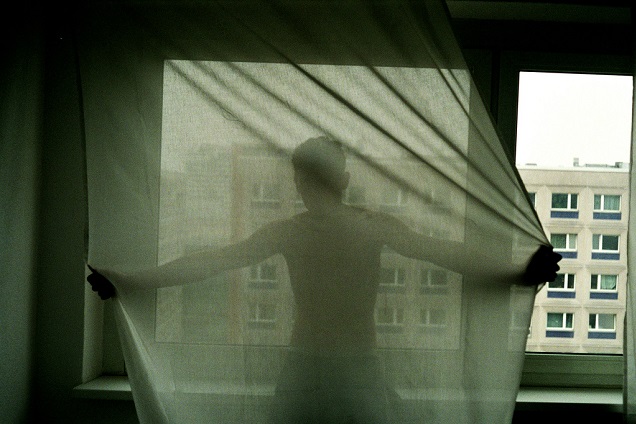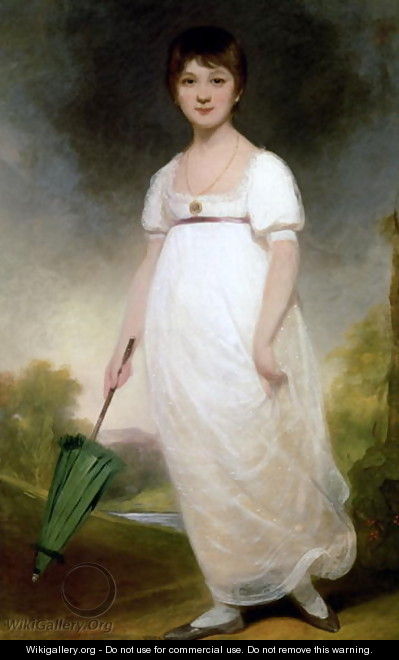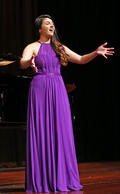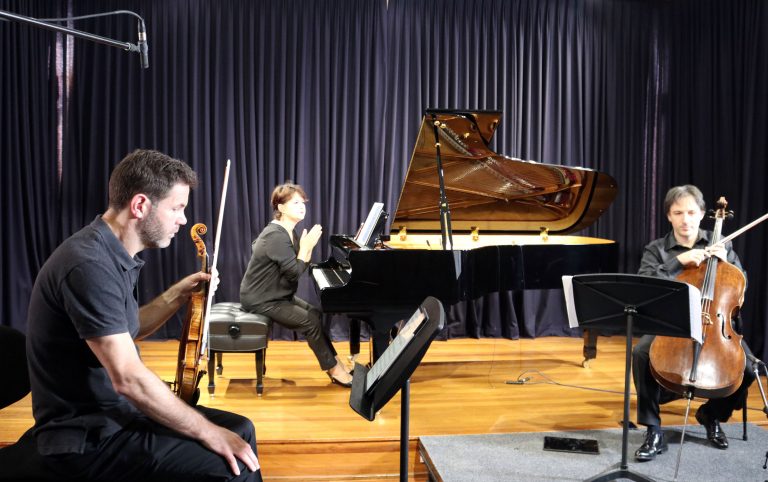Clarity, Dynamism and Uniqueness – Jack Symonds on ‘His Music Burns’
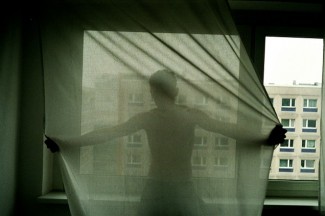
“We’re righting a wrong to present composers whose works are de rigeur in the rest of the world as a festival event .” A potent statement from Jack Symonds, conductor and music director of Sydney Chamber Opera about the double-bill the company is presenting for the Sydney Festival.
Under the collective title His Music Burns, the programme couples the Australian premieres of two contemporary masterpieces, ….pas à pas – nulle part , opus 36 by György Kurtág and Into the Little Hill by George Benjamin, from whence the title of the programme is taken. Joining the creative team for the first time for this fully staged presentation is Sydney Theatre Company resident director Sarah Giles.
For Symonds and artistic director of SCO, Louis Garrick, one challenge was to devise the right combination of works to present within the context of the festival. Speaking to SoundsLikeSydney, he said “Into the Little Hill is a piece we’ve wanted to do for a long time and it was very hard to come up with a suitable piece that didn’t compete with it on any musical or dramatic level and which complements it.”
” I think we’ve found the right combination” continues Symonds. “The precise nature of the libretto and the refinement of the musical language, in some ways allows the Kurtág work to take aspects of the Benjamin to more extreme lengths but in a very different direction. The poetry is spoken and the musical language almost avoids harmony, focussing on single lines. So in a way, the precision and clarity of Kurtág prepares us quite well for the rigour and the very unique kind of expression of Into the Little Hill.”
György Kurtág’s …pas à pas – nulle part was written between 1993 and 1998, for baritone, string trio and percussion. Typical of his present style, it is a loosely woven collection of 34 separate fragments, performed in a defined order. It was not intended to be staged, but Kurtág’s approach doesn’t exclude this possibility and it abstractly reflects his lifelong aspiration to write an opera. Andrew Clements in The Guardian said “the settings are sometimes fragmentary, atomising the brief, almost aphoristic texts, sometimes concentrated into a single cantilena. The percussion provides explosive punctuation and the strings – often using metal mutes to give an etiolated, almost disembodied sound – convey fractured commentaries. An integral part of Kurtag’s genius is his ability to give the most unprepossessing musical gesture an immense expressive weight, and the occasional climaxes in …pas à pas – nulle part a quite terrifying power.”
Symonds adds his weight, describing Kurtág as a ” master song- cycle composer – this is one of the most compact and explosive of all his works in that genre – there is extreme plundering of the whole history of western music which is reduced to tiny shards of expression.” Baritone Mitchell Riley sings this song cycle for the Sydney Festival, described by Clements as ” one of Kurtág’s greatest achievements.”
Benjamin’s Into The Little Hill, re-tells the tale of The Pied Piper of Hamelin fashioned into a dark political allegory. It was Benjamin’s first opera, a collaboration with playwright Martin Crimp. It premiered, at the Opera Bastille in Paris as part of the Festival d’Automne in 2006 and has since toured widely in the UK, Europe and the US. Andrew Clements again in The Guardian describes it as being ‘entrancingly beautiful’ and ‘deceptively simple.’ This minimalist work is written for just two voices which portray six parts, sung by soprano Ellen Winhall and mezzo-soprano Emily Edmonds. The 15 strong instrumental ensemble includes the intriguing mix of banjo and mandolin, basset horns, cornets, cimbalom, and even a solo bass flute.
Sydney Chamber Opera’s previous attempt at presenting Into the Little Hill didn’t eventuate and the opportunity to present it now, in the context of a festival was an important one for the fledgling ensemble which has already made an indelible mark on Sydney’s performing arts scene. Says Symonds, ” The Sydney Festival is an international arts festival and has responsibility to Sydney audiences to bring to them what are now classics of the modern classical music repertoire. These are pieces are by two major international composers whose work is rarely heard in Australia.”
“The advantage of having the opportunity to stage …pas à pas – nulle part means that Kurtág becomes a lot more accessible and the audience has an opportunity to absorb some quite difficult and at times, deeply disturbing ideas. I hope that with director Sarah Giles’ clarity of vision, the sheer dynamism of the performances and the uniqueness of the works themselves, people will come with an open mind and have a new appreciation for these composers and their works.”
Shamistha de Soysa for SoundsLikeSydney©

